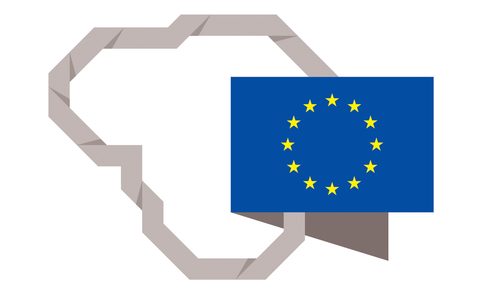Soap was a gift. Teutonic Knights were already bringing back the famous balls of soap from Damascus and giving them to their ladies back in the 12th century.
The only detergent before our time
The first soap making factory was discovered by archaeologists in ancient Rome, or more precisely – in the ruins of Pompeii. A detailed description of the soap making process was found on Sumerian clay tablets dating back to 2500 BC. Soap was made from a mixture of wood ash and water, which was brought to a boil so fat could be melted in. However, this solution did not have a special name, and no documents have survived about its use. While excavating the Nile Delta, Egyptian archaeologists discovered that this cleansing product was being manufactured at least 6,000 years ago.
Soap was also used by the ancient Sumerians, Babylonians and Romans. In his book Natural History (Latin: Naturalis Historia), the first-century Roman author Pliny the Elder used the Gaelic word saipo to refer to soap. The word for soap in English, Spanish and other languages is derived from this word.
Up until almost the mid-20th century, soap was the only detergent available.
The production process remains basically unchanged
One of the first soap making methods was described in detail in a 12th-century collection of production secrets for artisans. The chemical process has remained basically unchanged for many years. Various oils and other fats were boiled with a strong alkaline solution (ash from different plants). After adding salt, the boiled soap would harden, and was easy to transport when it was cut into pieces. Lavender or caraway were added to the product to give it a pleasant scent. Olive oil was used for soap production in southern Europe, while tallow or even fish oil were used in colder areas.
In Europe, soap started being produced in factories in the 15th century. First it was boiled in huge open cauldrons. A skilled worker would mix the mass with a paddle. Depending on how it dripped off the hot paddle, the worker would decide if the ingredients or the process itself needed to be changed.
The first workshops in Lithuania were in the 19th century
The first soap workshops in Lithuania were established in the early 19th century. In 1900, a particularly large amount of liquid soap was produced in the Vilna (Vilnius) and Kovno (Kaunas) Governorates (approximately 4,000 tonnes). There were 15 companies manufacturing this product in Kaunas, Klaipėda and Panevėžys in 1927. Interestingly, approximately 2,800 tonnes were produced in 1937, with 10 times as much in 1979.
Now anyone can make soap at home, but there are only 11 certified artisans specialising in the craft in Lithuania. Special workshops are also available where you can learn soap manufacturing technology.












































